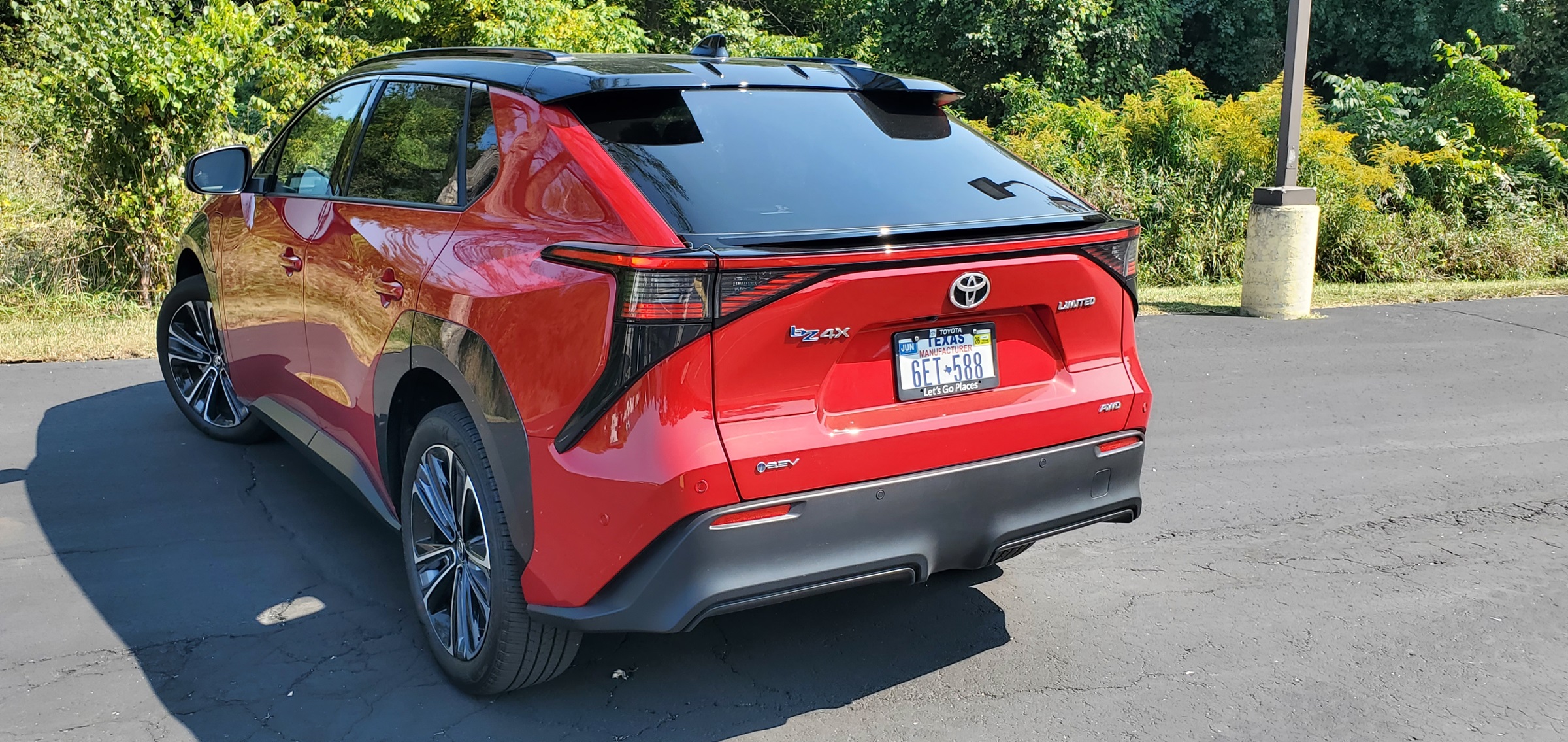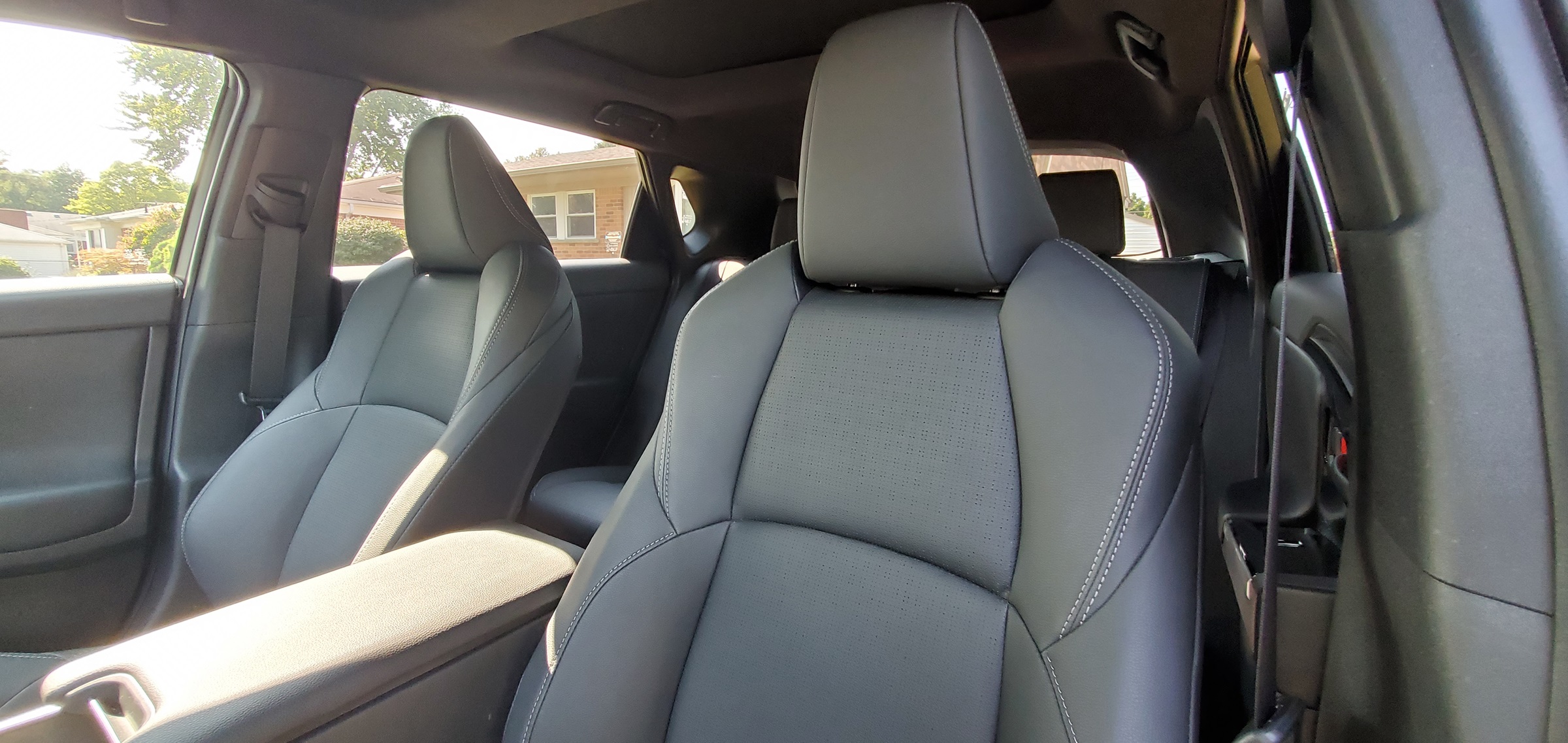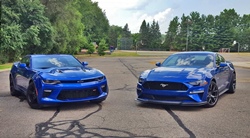Toyota may still be focusing the bulk of its efforts on hybrid vehicles but the Japanese auto giant has also talked about expanding its presence into the BEV market. One of these models is the 2024 Toyota bZ4X and while it has a name that will certainly make it a mouthful for you ti say when trying to explain to your friends why you bought one, the bZ4X is also trying to show that the Japanese auto giant can talk the talk in this lucrative segment. But does it have enough to stand out from a growing field of EV rivals?
bZ4X shares alot in common with the Subaru Solterra

When you look at the exterior styling of the bZ4X, you’ll find that it has alot in common with the Subaru Solterra which is no accident due to both EVs being the fruit of a long-running partnership Toyota has with Subaru. As a result, both of them share the same core design with a rather plain-looking front end and a side profile that leads out to the rear of the EV which is very odd looking especially when paired with the trippy two-tone color treatment our tester came with when it arrived at the office with black accents contrasting the red paint in certain spots.

The weird shape is not going to win any beauty contests, but it does have the ability to cut through the air with the bZ having impressive aerodynamics for an EV in its segment. The odd styling could however be a detriment for the bZ when it comes to appealing to customers. While EV buyers generally focus on range versus styling, the bZ’s odd styling choices could motivate some of them to move to rivals that have a more cohesive and unified look. Our bZ4X arrived as a Limited model with these models getting bigger alloy wheels and other minor styling touches to help enhance their role as the premium member of the bZ family.
Comfortable bZ4X interior arrived with plenty of compromises

Slip inside the bZ4X and you’ll find an interior that’s spacious and airy with the cabin having plenty of room on hand for occupants to stretch out and relax. A digital gauge display and a 12.3-inch infotainment screen form the digital backbone here but the steering wheel doesn’t offer enough adjustment to get a good view of the instrument screen and the top of the rim bisects it from view most of the time despite efforts to try and make it more readable.

As for the infotainment screen, the system is easy to use and understand and even comes with Android Auto and Apple CarPlay. The system also comes with Cloud-based navigation, onboard WiFi hotspot, and wireless smartphone charging. A six-speaker audio system is standard but buyers that move up to a Limited model like our tester get a nine-speaker JBL audio system. The stereo sounds good but the system itself doesn’t have any analog controls with small buttons and an irritating satellite radio serving as the only methods to operate the various aspects of the audio system. A wide storage area underneath the center console has room for large electronics and other valuables.
Middling performance betrays dual-motor layout

Performance for the 2024 bZ4X comes from two powertrains with the base model getting a single front-mounted electric motor that makes 201 hp. Limited models like our tester also get standard FWD but our tester arrived with the optional dual-motor setup. While this typically means more performance and a noticeable increase in power, Toyota’s interpretation of this is a bit different, with the dual-motor bZ making 215 hp which is only a rather marginal increase over the standard model.
This lukewarm gain is noticeable in the way our tester performed with adequate acceleration behavior which also lacked the punch dual-motor models from rivals like Hyundai and Kia have. Our tester made the sprint to 60 mph in 6.4 seconds which is a respectable time but it lags behind some of its rivals too. The suspension in our tester was compliant enough to absorb bumps but like the Solterra, the bZ has no problem audibly voicing its displeasure if [ushed too hard with the efficiency-minded tires squealing when pushed through tight corners. The bZ has two levels of regenerative braking but the CUV lacks true one-pedal driving capability.
Range for the two models depends on which powertrain is equipped with the single-motor model getting an EPA-rated 242 to 252 miles depending on configuration while all-wheel drive models like our tester get lower estimates of 228 to 222 miles of total range. The company says that the FWD version’s battery pack can be charged to 80% in under an hour when hooked up to a fast charger but while the FWD version can accept a maximum charging rate of 150 kW, the AWD variant is capped at 100 kW.
Value quotient
Pricing for the 2024 Toyota bZ4X starts at $43,070 for the base FWD model with a FWD Limited model starting at $47,180. Our AWD-equipped Limited had a final price tag of just over $50,000. While that’s on par for the segment, it also raises a unique issue when it comes to long-term value. The dual-motor setup promises better performance but when compared to its rivals it falls flat on its face both in range and overall driving enjoyment.
If we had our money in the game, we would actually skip the dual-motor setup and instead go for a front-wheel drive one. The loss in performance is barely discernible and not only do you get more range but also a higher charging capacity at fast charging stations which allows this variant to have quicker charge times than the supposed performance upgrade you get with the dual-motor setup. The 2024 Toyota bZ4X goes beyond what you expect from it most of the time, but Toyota needs to do a better job making the dual-motor version a more compelling buy before the model can be considered a true all-rounder.

Carl Malek has been an automotive journalist for over 10 years. First starting out as a freelance photographer before making the transition to writing during college, his work has appeared on numerous automotive forums as well as websites such as Autoshopper.com.
Carl is also a big fan of British vehicles with the bulk of his devotion going to the Morgan Motor Company as well as offerings from Lotus, MG, and Caterham. When he is not writing about automobiles, Carl enjoys spending time with his family and friends in the Metro Detroit area, as well as spending time with his adorable pets.
